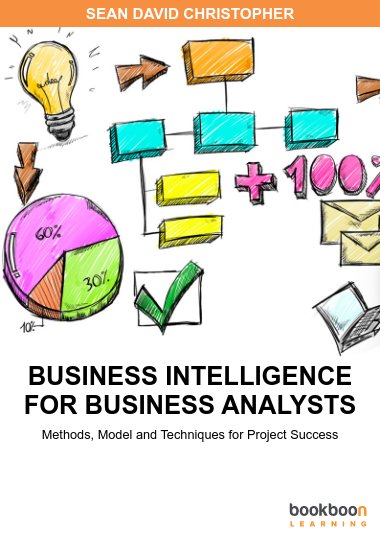The advances in business intelligence open up unique opportunities for small, medium and large organizations in the realm of information to the extent that better decisions can be made with data pulled from a variety of sources to meet corporate business goals and objectives.
The business analyst plays a key role in the elicitation, documentation, analysis, modelling and presentation of requirements to key stakeholders on a business intelligence project. The journey in business intelligence will open up methods and concepts to help guide you through this growing segment of business.
About the author
Sean possesses an honours degree from Carleton University of Ottawa and Masters in business administration from Delta International University of New Orleans. He is also a certified specialist in SQL Server Business Intelligence.
Having founded Smoothcube Business Analytics Corporation, Sean realizes a dream of providing quality, endorsed education to business analysts around the world.

